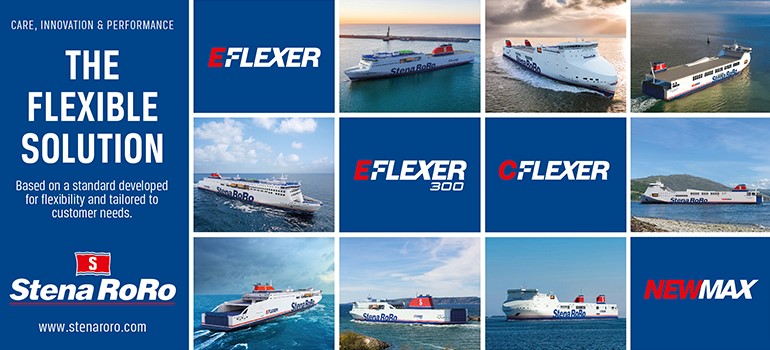Preliminary investigation concludes coolant leakage caused the fire onboard the car-ferry YTTERØYNINGEN
Following the incident on YTTERØYNINGEN on 10th of October this year, a thorough investigation of both the course of events and the cause of the incident has been ongoing. The investigation has been led by the Kvinnherad police in Hordaland, Norway. Fire engineering expertise from the Norwegian National Criminal Investigation Service, DNV GL, Norwegian Maritime Authorities, Corvus Energy, the insurance companies, and other stakeholders have also been involved.
The car ferry, built in 2006 and converted to battery-hybrid in 2019, was in regular operation, running on its diesel engines, when the fire started. There were twelve passengers and three crewmembers aboard the vessel at the time. The vessel was able to moor safely, and all passengers and vehicles disembarked as scheduled. No personal injuries were suffered in connection with the incident and no environmental damage has been reported.
Based on the investigations aboard the vessel, supported by external experiments and analysis - the following preliminary conclusion has been made:
The most probable cause of the fire was a leakage in the battery system’s liquid cooling circuit. Findings indicate that a twisted gasket, intended to seal the cooling plate outside of a battery module is the most probable cause of the leakage.
It is too early to conclude whether the twisted gasket was a result of the recent service work on the cooling system or if it was caused by other reasons.
The leakage created arching between electrical components, at pack voltages of 1000Vdc, igniting a fire. The fire was fueled by ethylene glycol components from the coolant and caused external heating of battery modules.
Due to the ongoing service work, no part the battery system was connected to the shipside systems at the time of the incident. Consequently, no alarms from the battery system were sent through the ships alarm system.
Findings have shown that the patented and certified Corvus Passive Single Cell Thermal Runaway isolation safety system has worked as designed and intended, most likely limiting the damage from the fire.
Both the vessels Novec 1230 inert gas system and the vessels saltwater fire sprinkler system were deployed during the event. The saltwater sprinkler system was installed as an additional safety barrier. Indications are that the activation of the saltwater sprinkler system contributed to escalating the incident.
The further investigation will focus on how the extent and severity of the following events were able to develop towards an explosion 12 hours later in the switchboard room adjacent to the battery room.
Dec 13 2019
Most read
The MSC Foundation, The MSC Group and Mercy Ships International join forces to build a new hospital ship
Apr 23 2024
DFDS initiates hybrid-electric ro-pax vessel design study with Incat for Channel Island tender
Apr 23 2024
Tallink Silja Line’s new buffet menu offers a flavourful invitation to the nicest summer picnic at sea
Apr 24 2024














